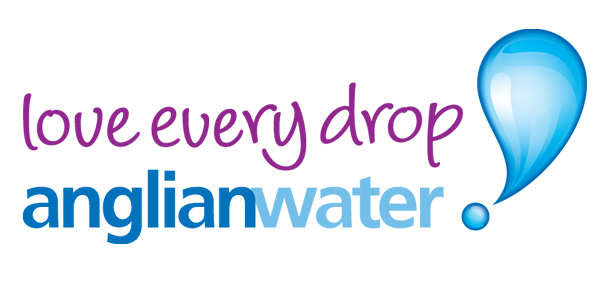Saving £1 million with more sustainable operations
Anglian Water has successfully targeted £1 million in cost savings by using Esri’s ArcGIS system to implement a new proactive sewer maintenance business model. Through this new approach, it has reduced sewer blockages by 51% and significantly decreased the risks of flooding and pollution.
ArcGIS Online provides an accurate digital twin of Anglian Water’s water and waste water network
ArcGIS Dashboards provide clear visualisations of hotspots of potential risk for flooding and pollution
ArcGIS mobile solutions help engineers to find assets and understand water movements
The Challenge
The largest water and water recycling company in England and Wales by geographic area, Anglian Water is committed to improving the sustainability of its operations. Driven by its ethos ‘Love Every Drop,’ it aims to reduce water leakage and deliver a high quality service to its seven million customers.
Like other water companies across the UK, it is challenged by climate change. In particular, extreme weather events are leading to increased flooding and pollution. Anglian Water wanted to be able to better manage these risks and plan maintenance works more proactively to help it protect the environment.
“In the first year of operations, we have targeted a million pounds’ worth of saving.”
Michael Wingell, Geospatial Strategy Manager, Anglian Water
The Solution
Anglian Water uses solutions from Esri’s ArcGIS system to help it visualise and manage the entire water cycle, from supplying and distributing it to customers’ taps to treating it and putting it back into rivers. Providing a digital twin of the water and waste water network, ArcGIS is used both on desktops and in the field, where engineers refer to ArcGIS mobile apps on tablets to find assets and understand how the water is moving.
One of the organisation’s most recent innovations with ArcGIS is a Water Recycling Risk Tool that enables employees to better understand where future flooding and pollution events are more likely to occur. The tool analyses the performance of sewers according to fifteen risk factors, ranging from material, size, proximity to the water course, historic pollutions, floodings, blockages and proximity to bathing areas. The results of this analysis are then visualised on interactive maps in ArcGIS Online.
Employees use operational dashboards, created with ArcGIS Online, to gain full visibility of risks and interrogate the data. Using these dashboards, employees can easily see hotspots of potential risk highlighted on digital maps. They can then plan proactive risk mitigation activities and proactive maintenance strategies, rather than relying predominantly on reactive approaches, such as fixing sewers when pollution events occur.
Anglian Water plans to further develop its Water Recycling Risk Tool in the future by incorporating telemetry data from remote sensors, machine learning and AI tools. In this way, it aims to give employees a real-time view of what is going on across the network, so that they can further improve their ability to predict where pipe bursts and blockages might occur.
“By embedding digital technology into the decision-making processes within our business, we can drive change and improve performance.”
Victoria Wilkinson, Strategy Manager, Anglian Water
Benefits
Effective implementation of proactive risk mitigation
Through the development of its Water Recycling Risk Tool, Anglian Water has been able to successfully change its business model from reactive interventions to proactive risk mitigation. As Laura Hinchcliffe, Geospatial Reporting Manager, explains, this is helping it to address the challenges of pollutions and floodings. “We want to make sure that we are protecting the environment and our customers,” she says. “With ArcGIS, we are able to display our data clearly and visually. We can, therefore, identify where our hotspots are and target them proactively.”
£1 million in cost savings
The new proactive approach has led to a reduction in customer service issues relating to blockages and has contributed to significant cost savings. Engineers have one single source of the truth, so less time is wasted on unnecessary callouts and aborted works, and carbon emissions are reduced. “The project has been a massive success,” says Michael Wingell, Geospatial Strategy Manager at Anglian Water. “In the first year of operations, we have targeted a million pounds’ worth of saving.”
51% reduction in blockages
Just six months after the Water Recycling Risk Tool was deployed, Anglian Water reduced blockages by half, with just 436 blockages recorded, as compared to the 899 that were predicted. “We’ve had a 51% reduction in blockages and moved 8 tonnes of debris, which is more than the size of five blue whales,” says Wingell. “Yet, I feel like this is only the start of the journey in terms of how we use the risk tool. As we develop more and more data sets, it will allow us to much better target sewers accordingly.”
Well-informed decision-making
The use of ArcGIS Online Dashboards improves data sharing throughout the organisation, ensuring all stakeholders are making decisions based on the same up-to-date information. As information is available on demand, on digital maps, decisions can also be made more quickly and teams dispatched immediately to the exact locations of events like flooding incidents. Victoria Wilkinson, Strategy Manager at Anglian Water, comments: “By embedding digital technology into the decision-making processes within our business, we can drive change and improve performance.”



